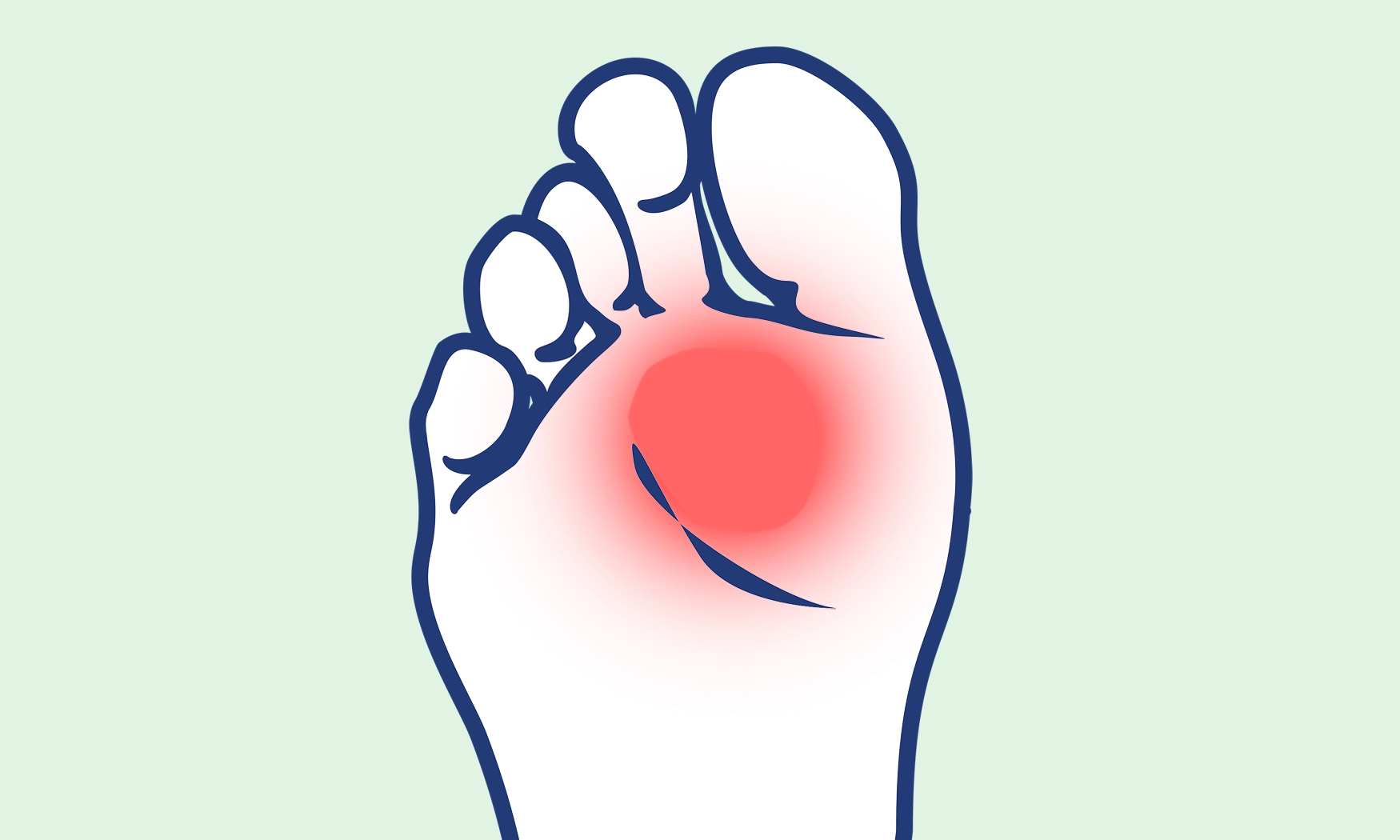To provide services at the highest level, we use cookies. Using the website requires you to choose settings related to their storage on your device. If you want to know what each type of cookie is used for, click the Details button below.
Metatarsalgia – how to recognize and treat forefoot pain?20 sierpnia 2024 |

Metatarsalgia is a medical condition characterized by pain in the front part of the foot, known as the forefoot, which results from excessive pressure on the metatarsal bones. This pain often intensifies during walking, running, or standing. It is a serious condition that can affect people of all ages, though it is more common among athletes and individuals wearing improper footwear.
Metatarsalgia can have many causes, with the most common being improper footwear, excess weight, physical activity, or abnormal foot structure. It mainly occurs due to excessive pressure on the forefoot. Sometimes its primary cause is flat feet, high arches, or hammertoes.
Metatarsalgia and Morton's neuroma are two different conditions, although both can cause pain in the forefoot. Metatarsalgia mainly involves overloading and inflammation of the tissues around the metatarsal bones, while Morton's neuroma is a thickening of nerve tissue between the metatarsal bones, causing pain and tingling, most often between the third and fourth toes.
The treatment of metatarsalgia depends on its cause. In most cases, wearing shoes with a wide toe box and proper cushioning can significantly reduce pain, along with special exercises to strengthen and stretch the foot muscles. In rare cases, when other treatment methods fail, surgical intervention may be necessary.
The primary symptom of metatarsalgia is pain in the forefoot. This pain can be sharp, burning, or tingling, worsening during walking or standing. In some cases, patients may experience burning or tingling in the forefoot. Less commonly, metatarsalgia may cause swelling and redness at the site of the pain.